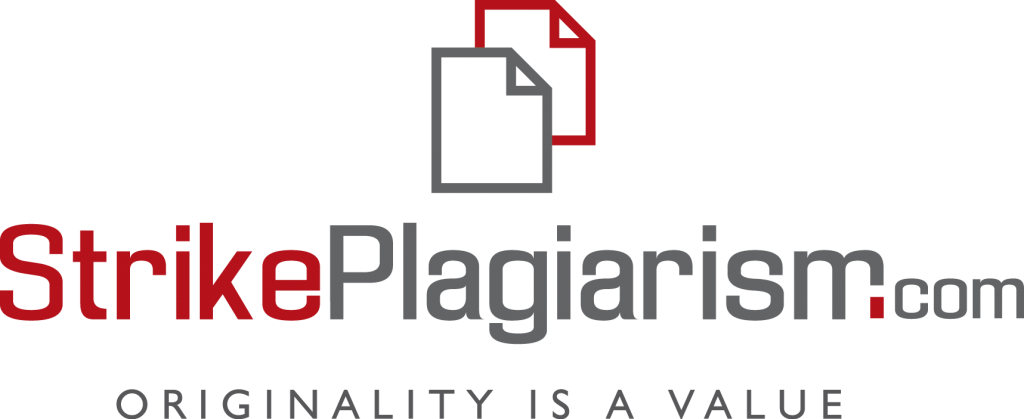СТРАТЕГІЇ ПІДВИЩЕННЯ КОНКУРЕНТОСПРОМОЖНОСТІ КОМПАНІЙ НА РИНКУ ПРАЦІ В УМОВАХ ШВИДКО ЗРОСТАЮЧОЇ ЕКОНОМІКИ
Анотація
У статті досліджено стратегії підвищення конкурентоспроможності компаній на ринку праці в умовах швидко зростаючої економіки. Проаналізовано основні чинники, що впливають на конкурентоспроможність підприємств, зокрема заробітна плата та соціальні гарантії, кар'єрні можливості, корпоративна культура та клімат, баланс роботи та особистого життя, репутація компанії на ринку праці, атмосфера постійної творчої роботи. Розглянуто існуючі стратегії підвищення конкурентоспроможності компанії на ринку праці, окреслені їх обмеження і недоліки. Запропоновано інтеграційну стратегію гібридної інтеграції як комплексний підхід до підвищення конкурентоспроможності. Визначено перспективи подальших досліджень у галузі управління людськими ресурсами для забезпечення стійкого розвитку підприємств.
Посилання
Berthon P., Ewing M., & Hah L.L. Captivating company: dimensions of attractiveness in employer branding. International journal of advertising. 2005. № 24(2). P. 151–172.
Schlager T., Bodderas M., Maas P., Luc Cachelin J. The influence of the employer brand on employee attitudes relevant for service branding: an empirical investigation. Journal of Services Marketing. 2011. № 25(7). P. 497–508.
Dabirian A., Kietzmann J., & Diba H. A great place to work!? Understanding crowdsourced employer branding. Business horizons. 2017. № 60(2). P. 197–205.
Sthapit A., Shrestha B. Dimensions of attractiveness in employer branding for employee retention in Nepalese hospitality industry. Nepalese Journal of Hospitality and Tourism Management. 2020. № 1(1). P. 13–26.
Pingle S.S., & Sharma,A. External Employer Attractiveness: A Study of Management Students in India. Journal of Contemporary Management Research. 2013. № 7(1). P. 78–95.
Moczydłowska J.M., & Leszczewska K. Determinants of organization attractiveness as an employer in the opinion of managers. Forum Scientiae Oeconomia. 2015. 3(4), P. 47–56.
Ulrich D. Human Resource Champions: The Next Agenda for Adding Value and Delivering Results. Boston, MA: Harvard Business School Press, 1997. 304 p.
Ulrich D. Brockbank W.The HR Value Proposition. Boston, MA: Harvard Business Press, 2005. 316 p.
Capelli P. Talent on Demand: Managing Talent in an Age of Uncertainty. Boston, MA: Harvard Business Press, 2008. 288 p.
Capelli P. Why Good People Can't Get Jobs. Wharton School Press, 2012. 108 p.
Lawler E. Built to Change: How to Achieve Sustained Organizational Effectiveness. San Francisco: Jossey-Bass, 2006. 352 p.
Porter M.E. Competitive Advantage: Creating and Sustaining Superior Performance. NY: Free Press, 1998. 558 p.
Porter M.E. On Competition. Updated and Expanded Ed. Boston: Harvard Business School Publishing, 2008. 576 p.
Dessler G. Human Resource Management. NJ: Pearson Prentice Hall, Upper Saddle River. 2008, 801 p.
Мельник О. Конкурентоспроможність підприємств: управлінські та економічні аспекти. Київ : Економіка, 2018.
Ткачук І. Кар'єрний розвиток в умовах сучасного ринку праці. Київ : Наука та економіка, 2019.
Ткачук І. Соціальна відповідальність підприємств: теорія і практика. Львів : Соціум, 2020.
Berthon P., Ewing M., Hah L. L. (2005) Captivating company: dimensions of attractiveness in employer branding. International journal of advertising, no. 24(2), pp. 151–172.
Schlager T., Bodderas M., Maas P., & Luc Cachelin J. (2011) The influence of the employer brand on employee attitudes relevant for service branding: an empirical investigation. Journal of Services Marketing, no. 25(7), pp. 497–508.
Dabirian A., Kietzmann J., & Diba H. (2017) A great place to work!? Understanding crowdsourced employer branding. Business horizons, no. 60(2), pp. 197–205.
Sthapit A., Shrestha B. (2020) Dimensions of attractiveness in employer branding for employee retention in Nepalese hospitality industry. Nepalese Journal of Hospitality and Tourism Management, no. 1(1), pp. 13–26.
Pingle S. S., & Sharma A. (2013) External Employer Attractiveness: A Study of Management Students in India. Journal of Contemporary Management Research, no. 7(1), pp. 78–95.
Moczydłowska J. M., & Leszczewska K. (2015) Determinants of organization attractiveness as an employer in the opinion of managers. Forum Scientiae Oeconomia, no. 3(4), pp. 47–56.
Ulrich D. (1997) Human Resource Champions: The Next Agenda for Adding Value and Delivering Results. Boston, MA: Harvard Business School Press.
Ulrich D., Brockbank W. (2005) The HR Value Proposition. Boston, MA: Harvard Business Press.
Capelli P. (2008) Talent on Demand: Managing Talent in an Age of Uncertainty. Boston, MA: Harvard Business Press.
Capelli P. (2012) Why Good People Can't Get Jobs. Wharton School Press.
Lawler E. (2006) Built to Change: How to Achieve Sustained Organizational Effectiveness. San Francisco: Jossey-Bass.
Porter M. E. (1998) Competitive Advantage: Creating and Sustaining Superior Performance. NY: Free Press.
Porter M. E. (2008) On Competition. Updated and Expanded Ed. Boston: Harvard Business School Publishing.
Dessler G. (2008) Human Resource Management. NJ: Pearson Prentice Hall, Upper Saddle River.
Melnyk O. Konkurentospromozhnist pidpryiemstv: upravlinski ta ekonomichni aspekty [Competitiveness of enterprises: managerial and economic aspects]. Kyiv: Ekonomika. 2018. (in Ukrainian)
Tkachuk I. (2019) Kariernyi rozvytok v umovakh suchasnoho rynku pratsi [Career development in the conditions of the modern labor market]. Kyiv: Nauka ta ekonomika. (in Ukrainian)
Tkachuk I. (2020) Sotsialna vidpovidalnist pidpryiemstv: teoriia i praktyka [Social responsibility of enterprises: theory and practice]. Lviv: Sotsium. (in Ukrainian)



